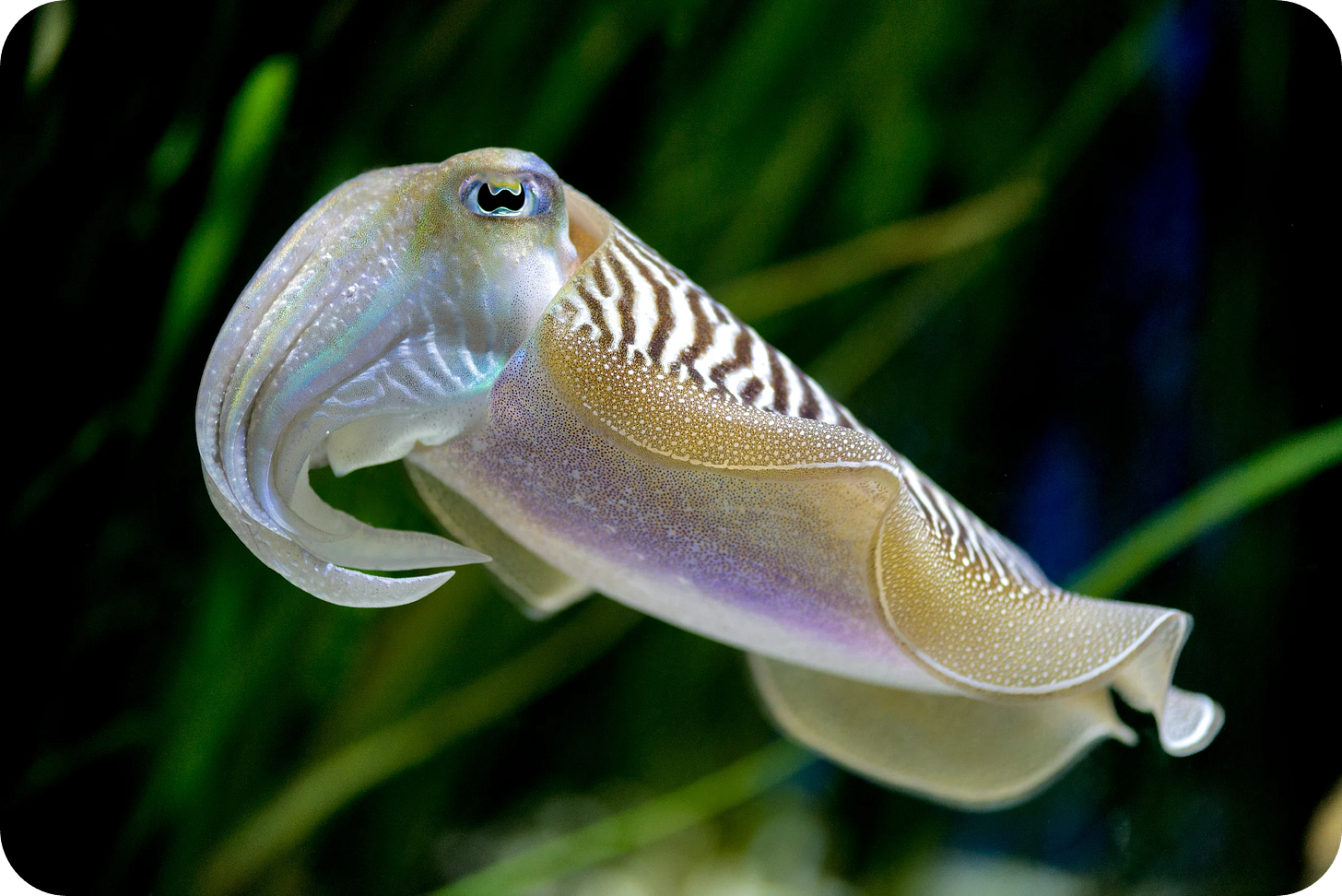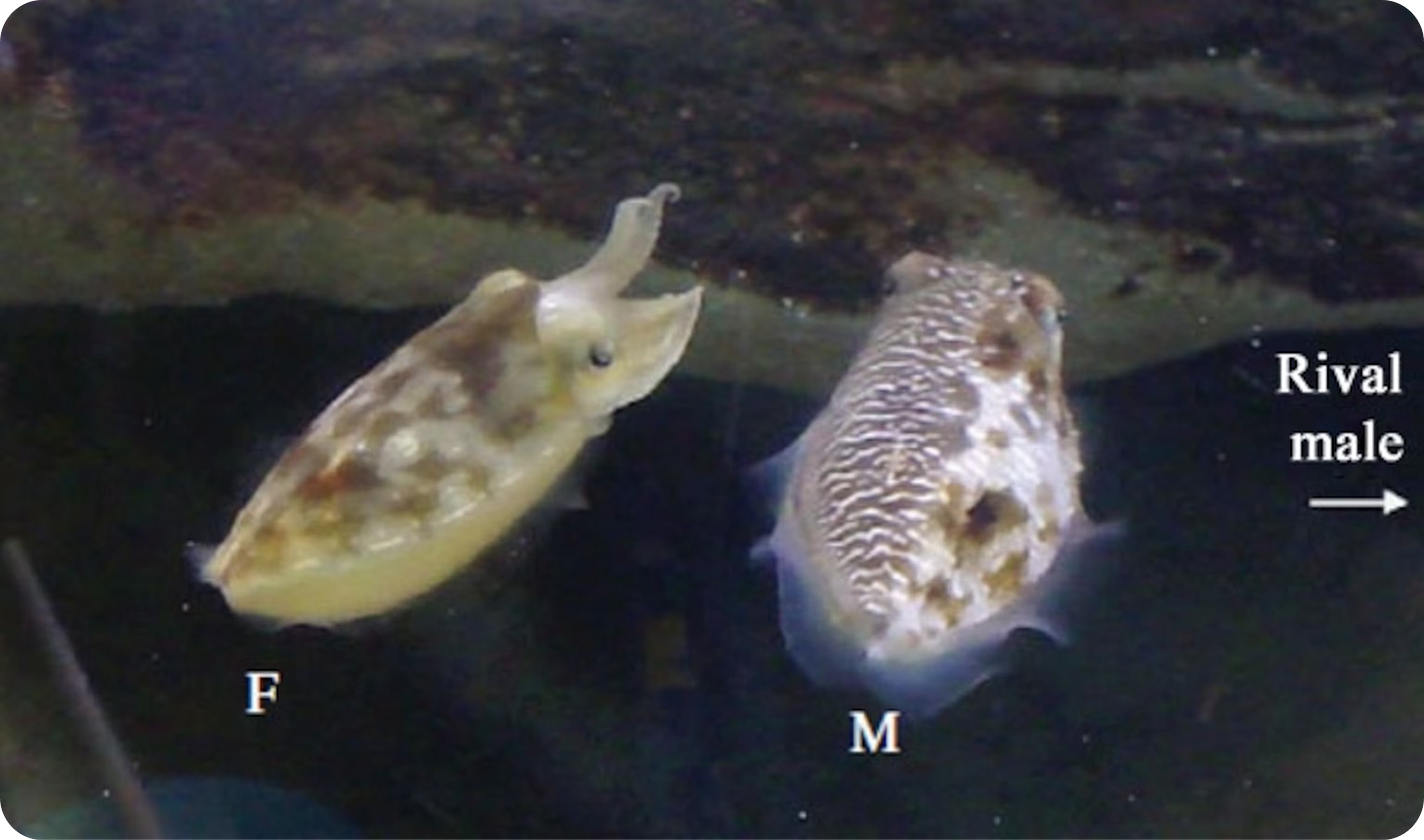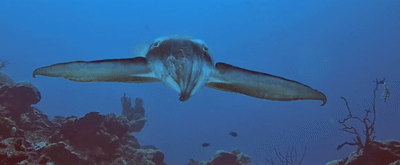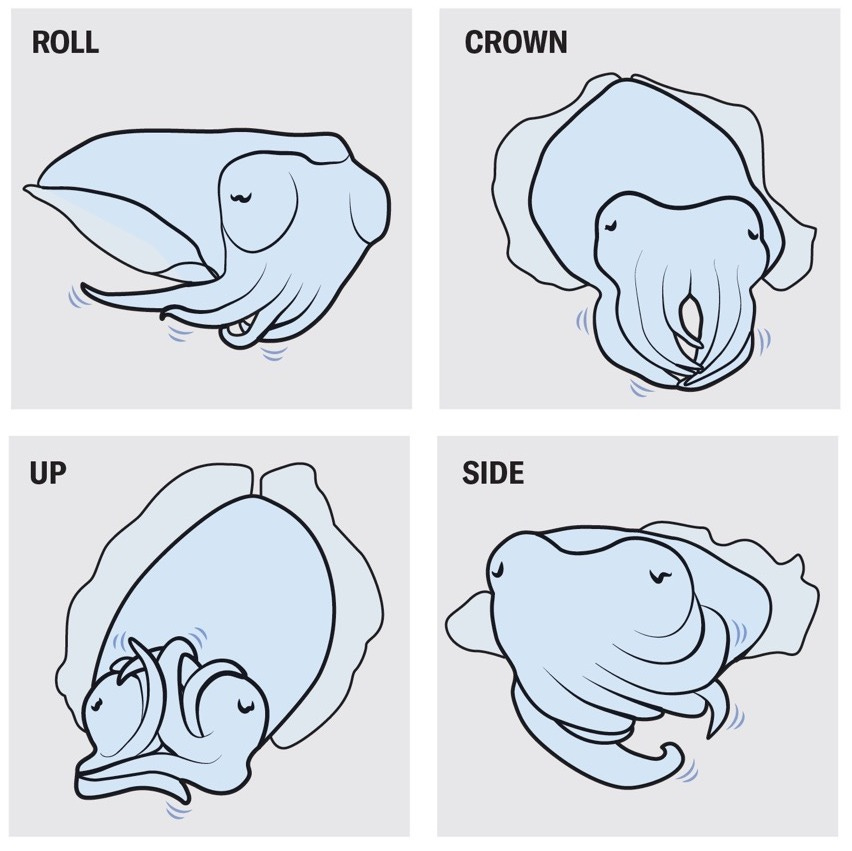Cuttlefish Likely Communicate with their Tentacles
#80: Plus, a startup uses AI to prevent bee colony collapse!
- The reduction in rates of bee colony collapse achieved by new AI-powered BeeHomes. There are already 300,000 of these solar-powered bee hives in use by beekeepers. Cameras monitor the bees, deliver food, and modify the hive ventilation to keep bees at a comfortable temperature. They alert beekeepers when mites appear, or fewer larvae are born than expected, saving the colony from collapse.

Evidence that cuttlefish use at least 4 symbolic gestures to communicate
This post follows from last week’s dive into why cephalopod (squid, octopus, cuttlefish, nautilus) intelligence is so puzzling.
Cuttlefish are a perfect example of why cephalopods are such outliers. If I told you about an invertebrate animal with a lifespan of 1-2 years that had no contact with its parents or siblings and hunted alone, you’d rightly think it wouldn’t be a Mensa member.

Yet cuttlefish defy all expectations, displaying the awareness necessary to pass the marshmallow test, possess some theory of mind about other cuttlefish, mesmerize prey in order to paralyze them, and likely use their arms to communicate (my title was a bit misleading - cuttlefish do have 2 sucker-tipped tentacles hidden underneath their mouths, but the 8 visible appendages are technically arms).
Theory of Mind
is the ability to infer the mental states of other creatures and therefore, their behavior.
It seems to go hand-in-hand with other cognitive abilities, and scientists typically ascribe it to the usual suspects - primates, corvids (crows), cetaceans (dolphins, whales), plus dogs, cats, and pigs.
Cuttlefish display a particularly impressive example of theory of mind. In order to avoid conflict with another male while courting a female, some cuttlefish will intentionally color the half of their body facing the other male with female patterning, while leaving the half facing the female as male patterning.

This is as black and white an example of theory of mind as I can come up with. Adjusting camouflage towards the other male while continuing to flirt with the nearby female requires intense awareness of what each other cuttlefish is likely to believe based on what they see.
Adaptive camouflage to mesmerize prey
Scientists recently documented another example of this aspect of cuttlefish intelligence, though this time the aim was to feed rather than breed.
By purposefully undulating the color of their camouflage in stripes as they approach crabs, the crabs become mesmerized and lose the ability to visually detect the approaching predator. Scientists proved this effect by mimicking the pattern:
“In the lab, researchers replicated the passing stripes display on a computer monitor. When the monitor displayed no stripes or static stripes, the crabs tried to run or defend themselves. But they had no response to the undulating stripes.” - Science Magazine

Sign language
This most recent finding documented 4 distinct arm patterns cuttlefish direct at other cuttlefish. The researchers have titled these distinct arm positions “up”, “side”, “roll” (all arms down, but they also roll their face down), and “crown”.

The researchers also recorded the soundwaves made by these gestures by placing a microphone next to the cuttlefish. When they played these recorded soundwaves back to other cuttlefish, they responded, implying that the vibrations created by these movements can also be heard by nearby cuttlefish, possibly through specialized mechanoreceptors they have on their faces called statocysts.
Here’s a 2 min video explaining the findings in more detail from the researchers themselves:
The range of intelligence displayed by cuttlefish is shocking. Especially given their short lifespans and lack of social interaction. They seem to learn everything they know by themselves, never even interacting with their parents. So how and when do they learn to communicate with others? Understanding this will help illuminate how genetics can bestow intelligent behaviors in addition to the hardware needed to perform them.
Thanks for reading! I just recorded my first long-form interview with a consciousness expert, and will be releasing it shortly.





